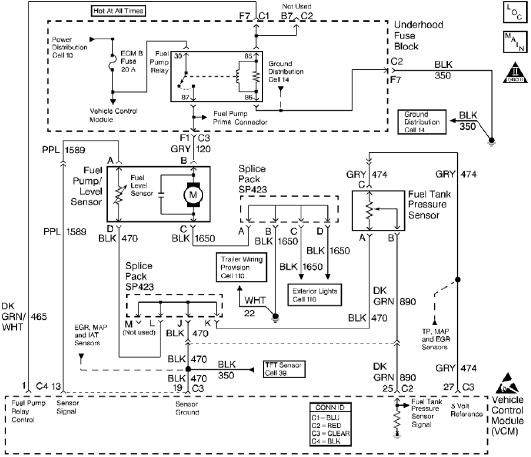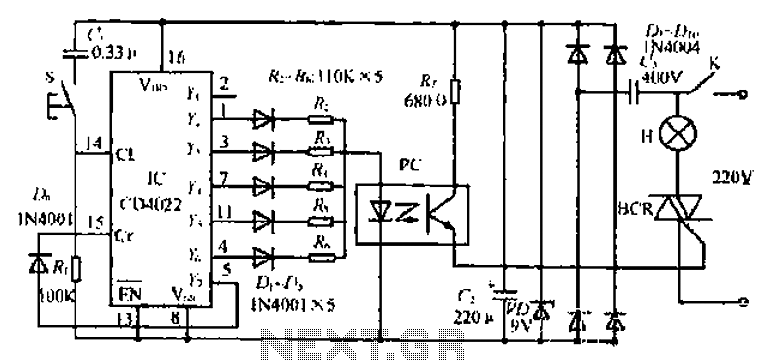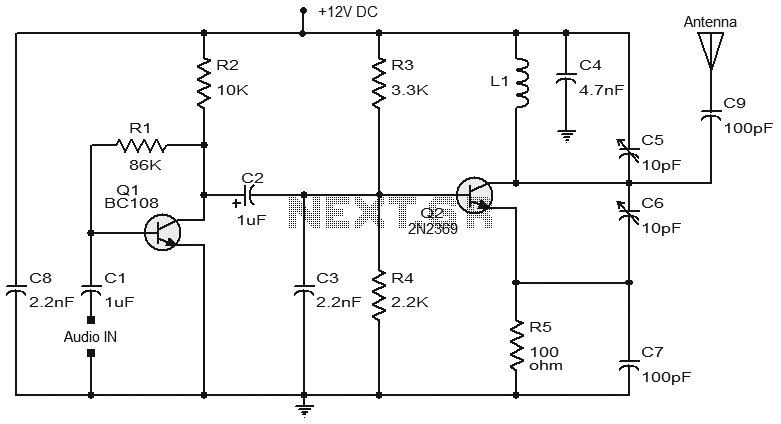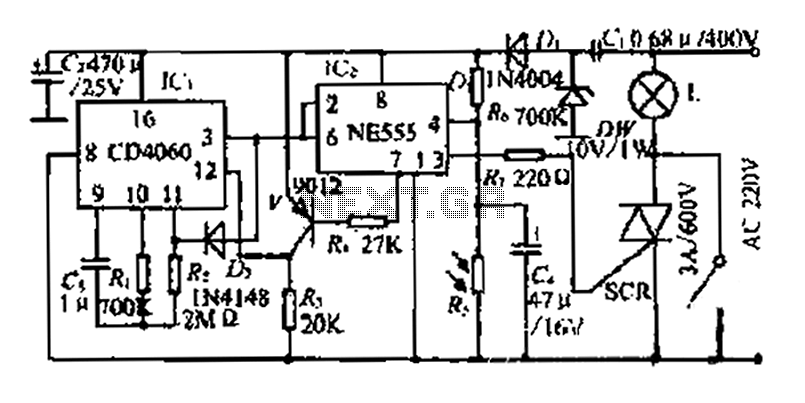
Novel loudspeaker coupling circuit

The ground side of the speaker is connected to the junction of two equal high-value capacitors (1000 µF is typical) across the supply. The amplifier output voltage will be Vs/2, and the voltage across CI (if CI and C2 are equal) will also be Vs/2. As the supply voltage increases, the DC voltage across the speaker will remain at zero, thus eliminating the switch-on surge. CI and C2 will also contribute to supply smoothing. Although the circuit is illustrated with the LM380, it can be applied to any amplifier circuit, provided that the DC output voltage is half the supply voltage.
The described circuit configuration utilizes two high-value capacitors, CI and C2, which are connected in parallel across the power supply to stabilize the voltage and minimize fluctuations. The ground side of the speaker is linked to the midpoint of these capacitors, ensuring that the DC component of the voltage across the speaker remains at zero volts during power-up. This arrangement effectively prevents a switch-on surge, which could potentially damage the speaker or cause unwanted noise.
The output voltage of the amplifier is designed to be half of the supply voltage (Vs/2). This design principle allows for consistent performance across various amplifier circuits, as long as the output DC voltage adheres to the specified half-supply condition. The capacitors CI and C2 not only serve to maintain a stable voltage at the speaker but also enhance the overall power supply quality by smoothing out any ripples or fluctuations that may originate from the power source.
In practical applications, the choice of capacitor value, such as 1000 µF, is crucial for achieving the desired level of smoothing and surge protection. Higher capacitance values may provide better performance in terms of voltage stabilization, but they also require more physical space and may increase the circuit's cost. The LM380 amplifier is referenced in this context, but the design can be adapted for various amplifier types by ensuring that the output voltage configuration remains consistent with the half-supply principle. This versatility makes the circuit suitable for a wide range of audio amplification applications, contributing to improved reliability and sound quality.The ground side of the speaker is connected to the junction of two equal high value capacitors (1000 µf is typical) across the supply. The amplifier output voltage will be Vs/2, and so will the voltage across CI (if CI and C2 are equal); so as the supply voltage builds up, the dc voltage across the speaker will remain zero, eliminating the switch-on surge
CI and C2 will also provide supply smoothing. The circuit is shown with the LM380, but could be applied to any amplifier circuit, providing that the dc voltage at the output is half the supply voltage.
The described circuit configuration utilizes two high-value capacitors, CI and C2, which are connected in parallel across the power supply to stabilize the voltage and minimize fluctuations. The ground side of the speaker is linked to the midpoint of these capacitors, ensuring that the DC component of the voltage across the speaker remains at zero volts during power-up. This arrangement effectively prevents a switch-on surge, which could potentially damage the speaker or cause unwanted noise.
The output voltage of the amplifier is designed to be half of the supply voltage (Vs/2). This design principle allows for consistent performance across various amplifier circuits, as long as the output DC voltage adheres to the specified half-supply condition. The capacitors CI and C2 not only serve to maintain a stable voltage at the speaker but also enhance the overall power supply quality by smoothing out any ripples or fluctuations that may originate from the power source.
In practical applications, the choice of capacitor value, such as 1000 µF, is crucial for achieving the desired level of smoothing and surge protection. Higher capacitance values may provide better performance in terms of voltage stabilization, but they also require more physical space and may increase the circuit's cost. The LM380 amplifier is referenced in this context, but the design can be adapted for various amplifier types by ensuring that the output voltage configuration remains consistent with the half-supply principle. This versatility makes the circuit suitable for a wide range of audio amplification applications, contributing to improved reliability and sound quality.The ground side of the speaker is connected to the junction of two equal high value capacitors (1000 µf is typical) across the supply. The amplifier output voltage will be Vs/2, and so will the voltage across CI (if CI and C2 are equal); so as the supply voltage builds up, the dc voltage across the speaker will remain zero, eliminating the switch-on surge
CI and C2 will also provide supply smoothing. The circuit is shown with the LM380, but could be applied to any amplifier circuit, providing that the dc voltage at the output is half the supply voltage.





